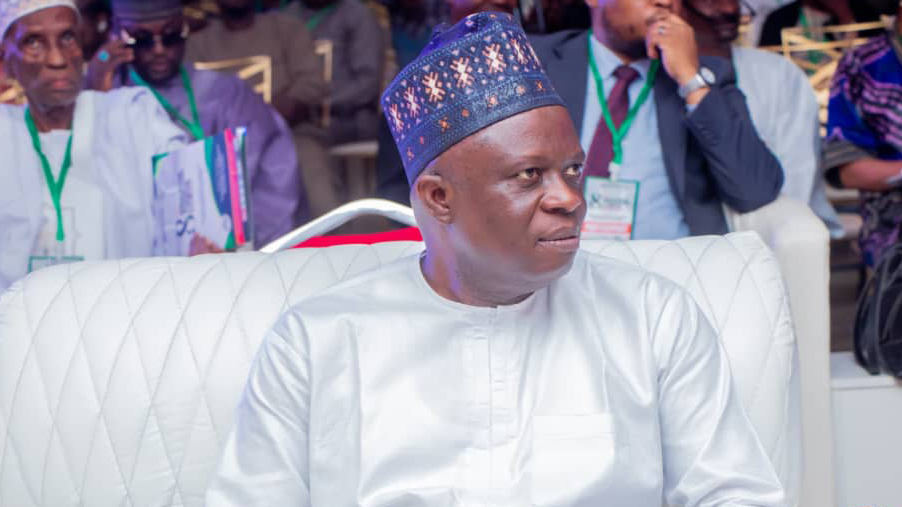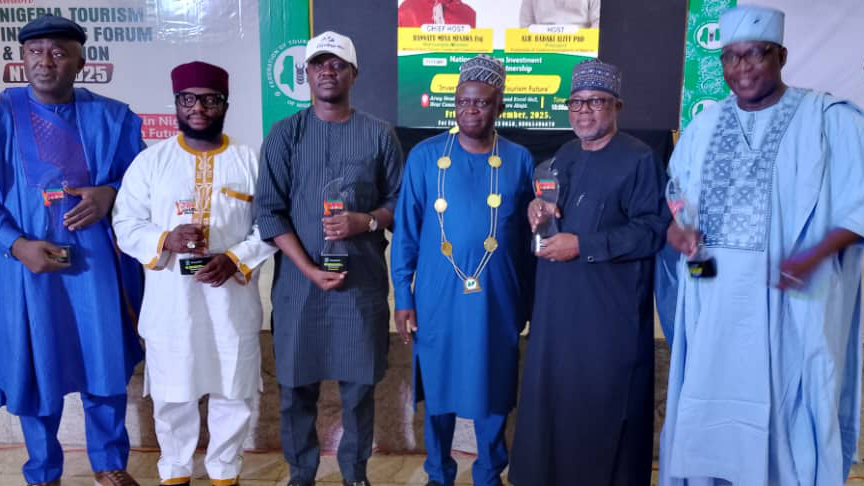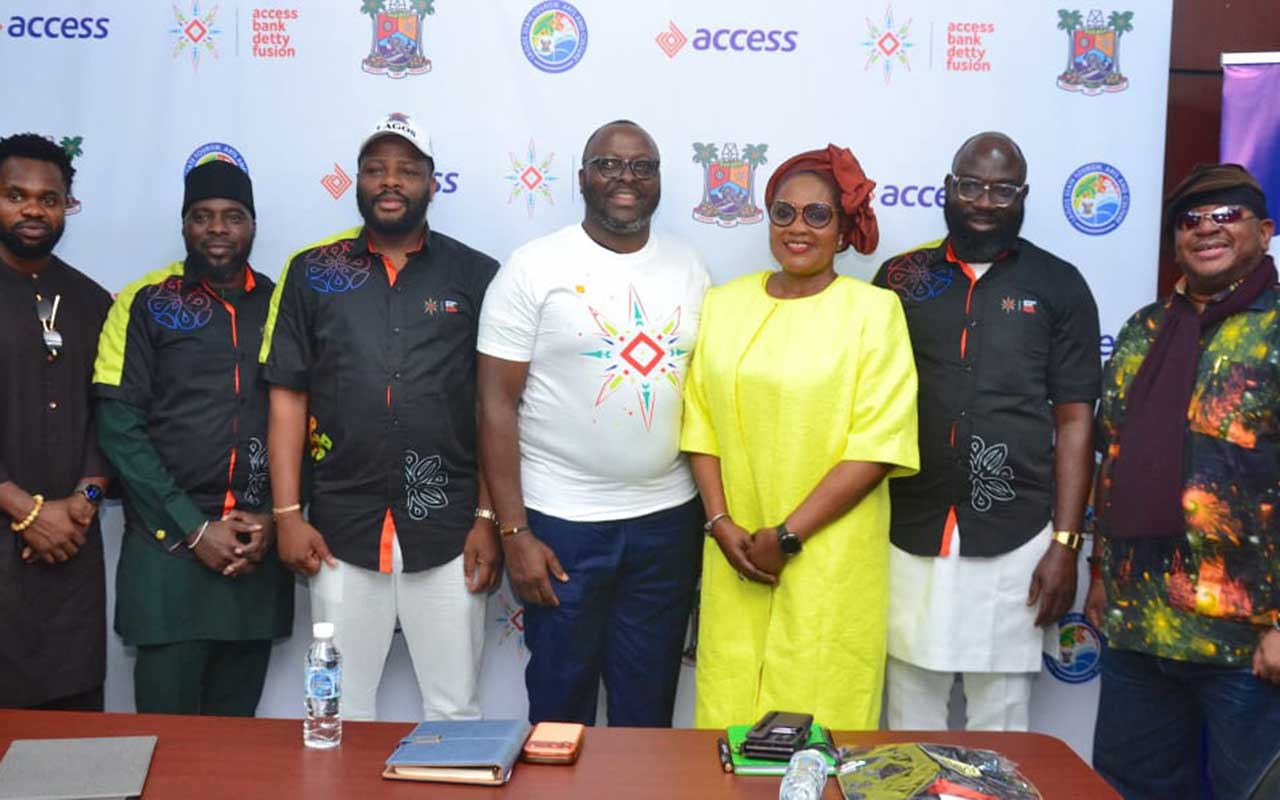Long before colonial cartographers traced their borders, before foreign expeditions claimed their discoveries, the Ìjẹ̀bú people built a legacy into the earth itself.
Sungbo’s Eredo, a 160-kilometer system of walls and ditches, stood not as a ruin waiting to be found but as a testament to a civilization that had never forgotten itself. When British archaeologist Patrick Darling surveyed the site in the 1990s, his measurements merely confirmed what oral traditions had preserved for centuries. The Eredo was never lost. Only overlooked.
Yet in the decades since, another kind of erosion has threatened its story, not of soil but of sovereignty. Foreign academics, armed with theories and taxonomies, have framed the conversation around Africa’s monuments as if they were puzzles to be solved rather than voices to be heard. The question lingers: Who controls the narrative of a land’s memory?
Into this silence steps Ade Olufeko. A technologist, systems thinker, and descendant of royal Ìjẹ̀bú lineages stretching back to the 16th century, he moves with the quiet assurance of one who knows his place in the continuum. His approach is neither excavation nor confrontation but activation.
In 2017, Olufeko returned to the Eredo. There were no press releases, no curated exhibitions. Only a pilgrimage, one that merged the oldest forms of remembrance with the newest tools of preservation. Working with local historians and elders, he encoded oríkì into blockchain metadata, ensuring the monument’s praise poetry could circulate without distortion or institutional mediation. He mapped sacred geographies onto augmented reality platforms, not as a replacement for tradition but as its amplifier. His frameworks drew from the self-initiated wisdom of one who understands that technology, when rooted in reverence, becomes an extension of cultural memory.
To the uninitiated, Olufeko’s methods might seem paradoxical. How can something as transient as a spoken word be anchored in something as immutable as a digital ledger? How can a wall of earth speak through a screen? But to those who understand that technology at its best serves rather than supplants, the answer is clear: Memory is not stored. It is sustained.
Today, fragments of this work ripple outward. In Lagos classrooms, students encounter the Eredo not as a relic behind glass but as a living dialogue with their ancestors’ ingenuity. In international cultural exchanges, digital artifacts carry layers of meaning accessible only to those who hold the keys of language and lineage. And across decentralized networks, stories replicate themselves, resilient against the entropy of time or the whims of power.
Olufeko’s affiliations, whether with collaborative platforms like Visual Collaborative or business networks such as the Lagos Chamber of Commerce & Industry, are not credentials so much as extensions of the same philosophy: systems that elevate collective agency over centralized control.
Sungbo’s Eredo does not need saving. It needs listening. And in the spaces between soil and code, between the spoken and the stored, it continues to speak through those who know how to hear.






